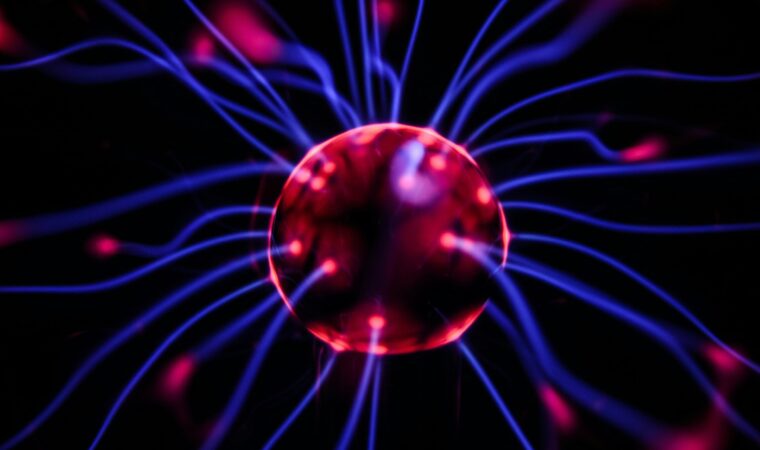Medical science has seen multiple breakthroughs with brain-computer interface technology in recent years. Clinical trials have afforded participants with spinal cord injuries the ability to control a computer by thought, via electrodes implanted in the brain. Now a medical research team in China has taken the science a step further. Clinical trials which started this year showed shocking success. Within just 24 hours all participants experienced restored motor function.
While this isn’t the first clinical trial to show motor function restoration via implanted brain chip, the previous successful trial, in Switzerland, involved invasive brain surgery and took significantly longer to produce results.
Both brain and spinal procedures were completed in a single four-hour session. The two electrodes- one placed in the brain’s motor cortex and one in the spine- were just 1 mm in diameter.
The brain-spinal interface system captures motor signals from the brain’s movement center, decoding them via advanced algorithms. The chip delivers tailored electrical pulses to spinal nerves below the injury site, rerouting movement commands around damaged sites.
The Study Results:
The clinical study’s first participant’s surgery was performed on January 8 at Fudan-affiliated Zhongshan Hospital.
By day three, the paraplegic participant could move both legs using brain signals. Within two weeks, he could lift his leg high enough to step over moving obstacles, and on Day 15 he walked more than five meters using a standing frame with suspension support.
Follow-up exams revealed sensory function has gradually returned in his legs too, along with muscle contractions and renewed control over bodily functions.
Other participants, whose procedures were performed in February and March, show similar motor function improvement so far.
What’s most exciting is this progress reveals the patients’ bodies ability to actually improve themselves. Neural connections are rebuilding when the brain-spinal interface is stimulated. This is known as neural regeneration or “neural bypass” as it reconnects the body’s own pathways.
What’s Ahead
Combined with three to five years of rehabilitation training, researchers are confident nerves can reconnect and be reshaped in individuals with SCI.
Lead scientist of the Chinese project Jia Fumin, deputy researcher at the Fudan Brain-like Intelligence Science and Technology Research Institute says it’s his hope to free patients from device dependence, but he says real-time, precise decoding is challenging.
Participants must be capable of intensive post-op rehabilitation too.
The research team is preparing for regulatory trials as well as working on wearable neuro-regulation devices for less severe cases of paralysis.
While people with SCI have been hopeful about companies like Neuralink, such endeavors have worked on the assumption that paralyzed limbs are beyond saving, limiting research to brain-computer interface that affords patients use of computer technology and external devices like robotic limbs.
China’s brain-spinal interface proves the assumption wrong, reigniting dormant nerves in a rewiring of the nervous system that could potentially eliminate the need for any external device.
For people with SCI in the U.S., the breakthrough brings a new hope that our own spinal cord injury research teams won’t be far behind.
